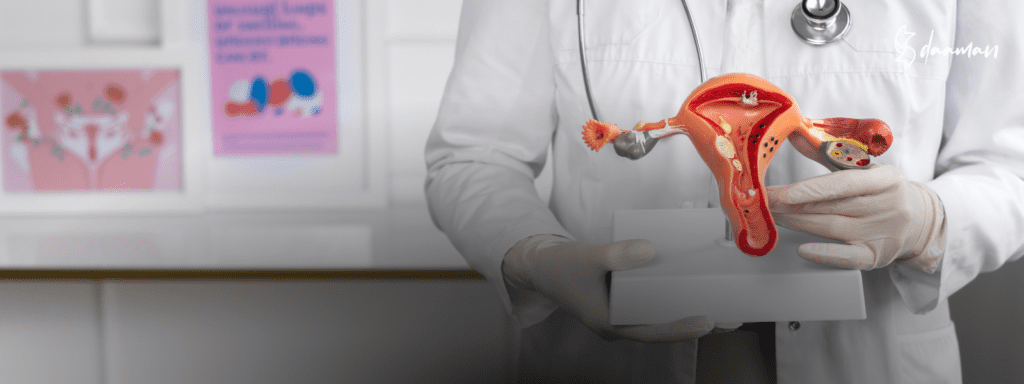Developments in Contraception: An Extensive Analysis of Safety, Effectiveness, and Options
Contraception is referred to as a method to prevent unwanted pregnancy. There are various options available for women. Contraception enables couples to imply the concept of family planning. The choice of contraception depends on certain personal preferences like frequency of intercourse, number of partners, the desire to have children in future, prevention of certain transmissible diseases, affordability and diseases of the reproductive system. It enables individuals to safeguard their health along with enjoying the pleasures of life. There are various modes of contraception available these days and they are offered as per the needs of the user, but the success rates may vary. The most common methods are oral contraceptives, barrier contraception, intrauterine system, intrauterine devices, hormone implants and surgery. Image Source: merillife.com The merits and demerits of these methods are described below. Combined oral contraceptive pills Oral contraceptive pills are composed of hormones estrogen and progestin which are naturally produced by the ovaries. Progestin only pills are also available. This is a reliable mode of contraception exclusive for women, which inhibits ovulation and prevents conception. This method provides added benefit to women suffering from conditions like polycystic ovarian syndrome, dysmenorrhea and heavy menstrual bleeding. It regulates menstrual cycle in women with PCOS and decreases bleeding in women suffering from HMB. (2) These pills are taken for 21 days every day at the same time, with a seven-day pill free interval. There is withdrawal bleeding during this phase and the pills are taken after seven days from a new pack. Combined oral contraceptives reduce the risk of ovarian cancer by 50 percent. However, it may increase the risk of cervical cancer as the use of barrier contraceptives is decreased which increases the exposure to human papilloma virus (HPV). (3) Barrier contraception Barrier contraception prevents the sperm from reaching the egg released from the ovary and prevents conception. It also prevents the transmission of sexually transmitted diseases and provides added protection. Barrier contraception can be provided by various modes like spermicide, sponges, cervical cap, diaphragm in females and condoms in males. (4) Condoms- These are usually latex barriers that prevent the sperm from reaching the egg. Its role in preventing STI’s is more pronounced as compared to its function as a contraceptive. The incidence of cervical cancer increases when the use of this barrier contraceptive is decreased as it reduces the risk of transmission of HPV. (5) Spermicide- As the name indicates, spermicide kills the sperms or makes it inactive. The dysfunctional sperms cannot penetrate the egg; hence fertilization does not occur. It can be used with or without barrier contraceptives, as per convenience. It contains nonoxynyl-9 which has spermicidal activity. It is applied in the vagina sometime before intercourse and may cause burning and local irritation in some women. (6) Sponge- This is a soft sponge that contains spermicide. It is inserted in the vagina, on the cervix and prevents the sperms from entering the uterus. The spermicide slows the sperm and disables it. It is cheap and easily available, however; it’s not commonly used as better options of contraceptives with better efficacy are available. (7) Cervical caps- This is usually made up of rubber and is placed over the cervix. Like most of the barrier contraceptives, it prevents the sperm from entering the uterus. It can be used for a period of one year if cleaned and maintained properly. It can be used with a spermicide for maximum effect and is supposed to be kept in place for at least 6 hours after intercourse. (8) Diaphragms- These are like cervical caps which are made up of latex or silicon. These are placed onto the cervix and can be used with a spermicide for better results. It may not be ideal for women who’ve recently given birth or have gained weight as there may be size differences. It must remain intact for up to six hours after intercourse. (9) Intrauterine system This is a T-shaped device that is placed inside the uterus. This is a long-term method of contraception and provides instant reversal of fertility. It has 99 percent success rate which makes it the contraceptive choice for most women. It is ideal for women who want a long-term contraceptive choice. It releases progesterone locally which thickens cervical mucus and causes thinning of uterine lining which prevents implantation. This contraceptive device is inserted by a physician and is functional for three to four years depending on the brand. It is helpful for women having heavy menstrual periods as it makes the periods lighter and pain free. However, it may cause irregular periods in the first few months following insertion. Intrauterine system does not provide protection against STIs hence added protection must be used for its prevention. (10) Intrauterine device This is also a T-shaped copper device which is inserted in the uterus by a physician. It releases copper which thickens cervical mucus and causes local atrophy which prevents implantation. It is 99 percent effective in preventing pregnancy. This device provides long term contraception and can remain functional for five to ten years depending on the brand. There is a risk of infection with copper IUD which must be treated promptly or may lead to pelvic inflammation, and it may cause heavy menstrual bleeding in some women, following its insertion. It has prominent advantages like long term contraception, no induced hormonal changes and is safe to use for breastfeeding mothers. (11) Hormone implants This is a small, rod-shaped contraceptive device that is inserted in the medial side of the upper arm and provides long term contraception. It is efficacy is 99 percent. It is a hormonal device hence; it releases progestin which prevents ovulation, thicken cervical mucus and hinders the access of sperm to the egg and causes thinning of uterine lining which prevents implantation. There are temporary side effects associated with this like spotting in the first few months, weight gain, acne and breast soreness all of which are due to progesterone release in the blood stream. The benefits









